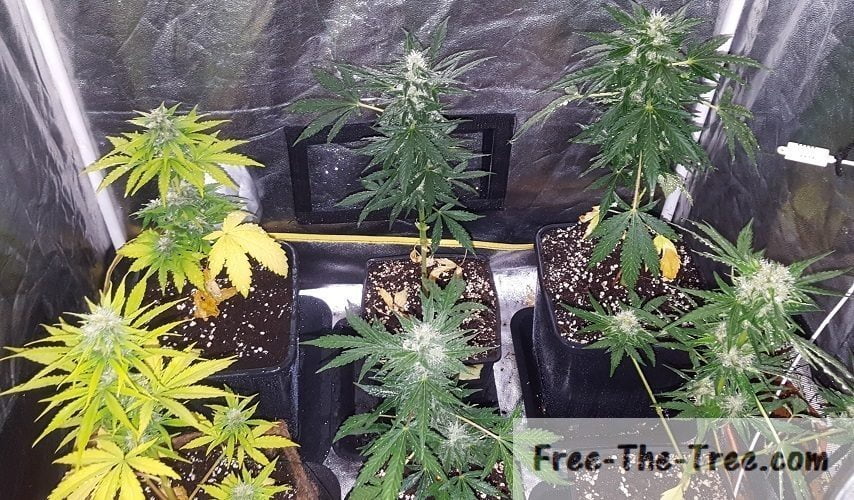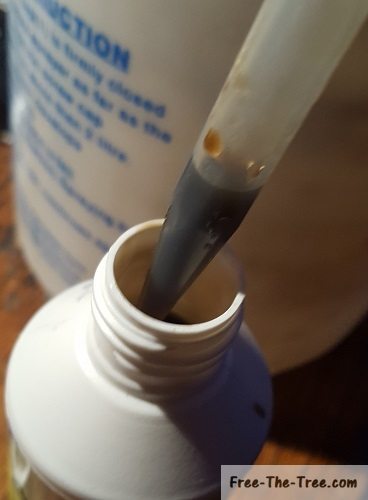Cannabis Foliar Feeding – How to Improve Nutrient Intake
1. Spray the bottom of the leaves
Spraying the bottom of the leaves with a fine mist and avoid creating droplets of the leaves. Fine mist is electrically attracted by the foliage, improving penetration.
Even young marijuana plants have little waxy hairs that impair liquid penetration, misting the leaves will reduce their effectiveness.
















